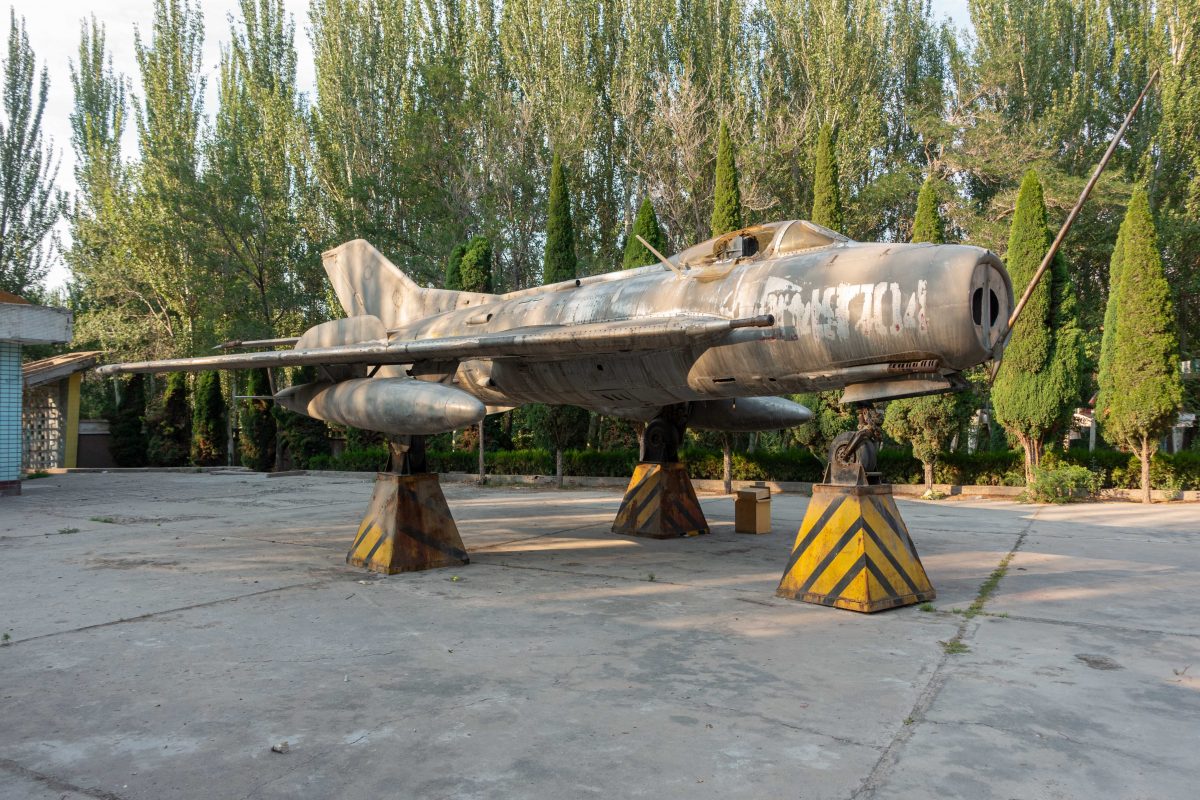Extend your studio space beyond the screen/the desk/the room.
You MUST:
– Start at the screen, and make into new spaces!
– Your making should be an attempt to understand and explain a theoretical construct on the stretch lexicon. Consider making, to understand which phrase your working on…research through design.
– Use the list of making terms found on the moodle for guidance and think of yourself as exploring, not necessarily answering.————————————————————————
Prompting questions: (You are not obligated to answer these)
How do different forms of making change or inform your understanding?
How does your movement and shifting context impact your action?
Hints:
List of Making Terms, Stretch lexicon found on the moodle.
Keep a pen handy, as ideas, thoughts, keywords during this action will extend into action 4.Seek divergent productivity rather than ‘one solution’Make without thinking, make rapidly
Conventional Action Research Cycle: Plan > Act > Observe > Reflect
Revisable Action Cycle: Propose > Make > Discuss > Reflect > Make > Discuss > Reflect > Make > Reflect
“It may be counter-productive for the designer-researcher to interpret methodical as adhering to a pre-conceived sequence of steps.”
– Grocott
Duration: 1 week
Process
Start at Screen
Knowing about that I need to create something completely off screen gave me difficulty to start at screen and do anything creative, mean while I started to prepare myself to not rely on screens. So instead of creating something, I went back to watch an episode of cartoon that I used to watch when I was very little.
This cartoon was named Krtek, which means “Mole”, was created by Czech animator Zdeněk Miler from 1957 to 2002. In fact, Mole might be the first cartoon I had ever watched in my life, but its influence had followed me until today. The particular episode that I watched depicts a near-future apocalypse, in a man’s dream. It is an apocalypse not because of catastrophes but the drainage of resources, followed by this man’s life came back to a pre-historic state in which he runs around naked and dances with animals around a bonfire. The video below is a clip from the beginning of the episode that shows a sharp contrast against the life condition after the great downturn.
Please don’t get it wrong – this idealistic modern life where human can just relaxed and get served by robots was actually the subject of critique in this cartoon, along with other aspects of modern society depicted by other episodes. The main character Mole’s encounters, discomfort, and even interventions (through causing trouble) in the bourgeoning urban environment and social life expressed something deeper than just a comedy made for children. That is the reason this cartoon stuck in my mind for so long and often gives me inspirations. Linking it with the subjects I have been reading in Contemporary Design Dialogue, it seems that a direction is forming. I picked these keywords from the STRETCH Lexicon that Louise and Zach provided to us:
Evolving Permanence, Ecologically Literate, and Relational Design.

On to the Making
1

I started by making a photocopy of a mask, a generic symbol of the pandemic. It is impossible to think anything without getting reminded of the cause to where we are at right now. There is a logo in the upper left corner of the mask that is actually belongs to a Chinese automobile manufacturer, and yet the mask is worn by me in the United States right now. This led me to think about the relationship between these two nations. The talk with Zach made me realize that making without thinking and then reflect can be very helpful by deconstruct the subjects and materials involved.
2

Then I drew a quick sketch showing an idea that recycled and up-cycled products being exhibited in a space that looks like a showroom. I left many spaces of potential to be filled up. I was thinking about the term “Evolving Permanence”. When I was younger I could see people repairing things a lot, from clothing to furniture, but now these practices had vanished. The means of repairs were very creative and carried a particular kind of aesthetic.
Reflection: Showrooms are a ubiquitous product of consumer culture, and what are the implications when they are used as an exhibition space for something created to counter its creator? Zach commented that the sketch resembles a catalog and suggested me to think beyond the boundary of a room to embrace other possibilities that these products can be presented.
3

Based on the sketch I had above, I looked for materials from objects around me and made two coasters from earplugs. These are to propose if used earplugs hasn’t got too gross after short use, we can clean them and sew them together. The keyword for this action was “Evolving Permanence” and “Relational Design”
Reflection: coasters are often used as a product for display and they are a popular product seen at gift shops, which again fall into the realm of consumerism. From Zach: Can I go beyond the materiality part of evolving permanence? He mentioned an example of evolving permanence that is about upward trajectory. What methods can I use to turn something disappearing into a positive state so that it can be recognized again? This direction worths more exploration and application in the upcoming Actions.
4
I let a piece of supermarket ice melt outside at around 21 celsius and documented the whole duration with time lapse videos. This act itself is obviously speaking to the issue of global warming and the word “Ecologically Literate”, but I inevitably felt it as a cliche. To be honest, what I felt in this melting act was confusion. Zach said this process could be an opportunity to generate questions, and introduced the concept of “ad hoc” to me.
I have not yet come up with a reflection that can further inform me what action to do after this.
Thank you for reading.












